1. Cane Corso
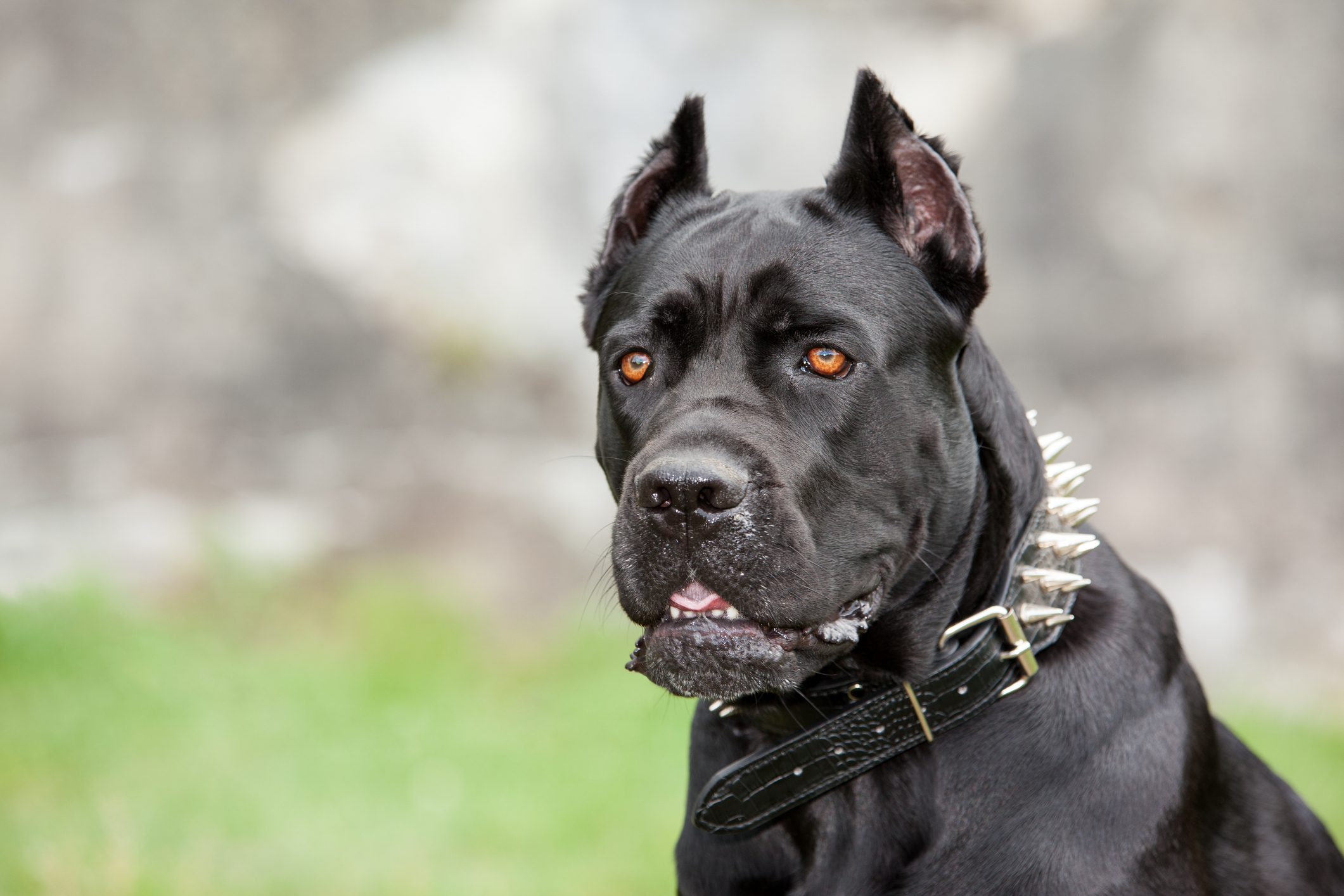
iStock
The Cane Corso is an Italian breed renowned for its majestic appearance, muscular build, and protective nature. While they are often gentle, affectionate, and loyal with their families, their considerable size and strength can pose a challenge for inexperienced dog owners. Without proper training and socialization, their protective instincts can become overwhelming, and incidents involving poorly trained Cane Corsos have led to restrictions or bans in certain areas. The breed’s story is a powerful reminder that owning a large, powerful dog requires significant commitment, responsibility, and an understanding of the training needed to ensure a well-behaved, safe companion.
2. Japanese Tosa
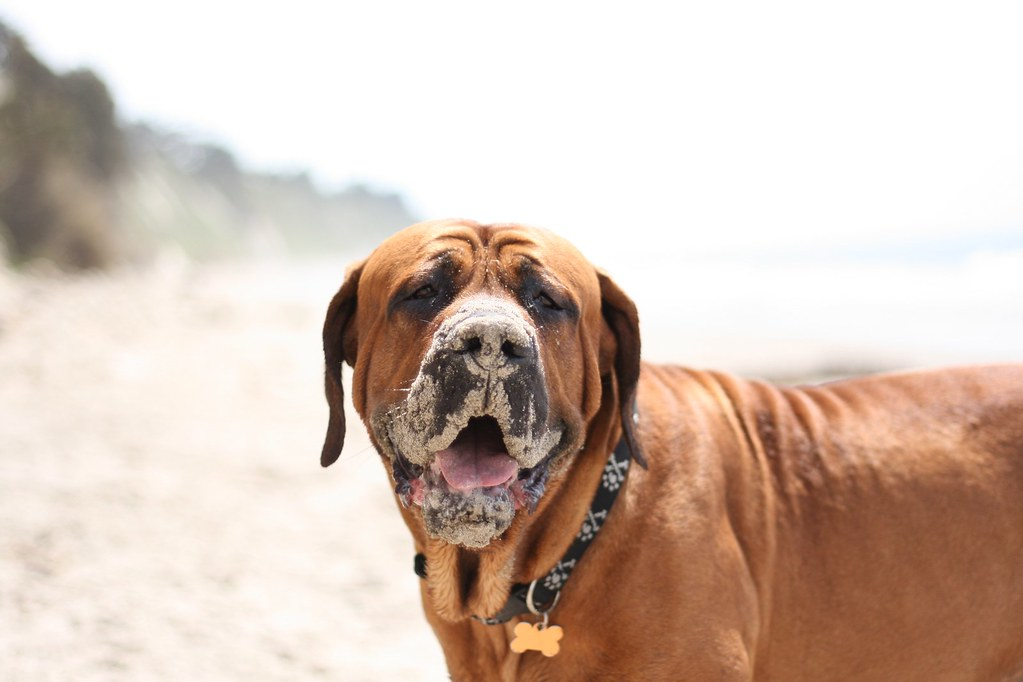
Flickr
The Japanese Tosa is a powerful and imposing dog bred for fighting. Originating in Japan, this breed was developed for highly regulated dog fighting matches. While they are known to be calm and obedient with their families, their sheer size and strength make them a challenge to handle. Many countries, including the UK and Australia, have banned them. The ban is a reminder that such breeds need experienced handlers who understand the importance of discipline and safety, as their potential for harm can’t be ignored.
3. Dogo Argentino

iStock
The Dogo Argentino is a stunningly white and muscular breed designed for big-game hunting. Despite their reputation as fearless protectors, their strong prey drive and dominant nature have led to bans in several countries. These dogs need firm but loving training from an early age. For the right owner, they can be affectionate family members, but their power and instinct to chase make them a liability in the wrong hands. This breed’s story underscores the need to balance admiration for their traits with respect for public safety.
4. Fila Brasileiro
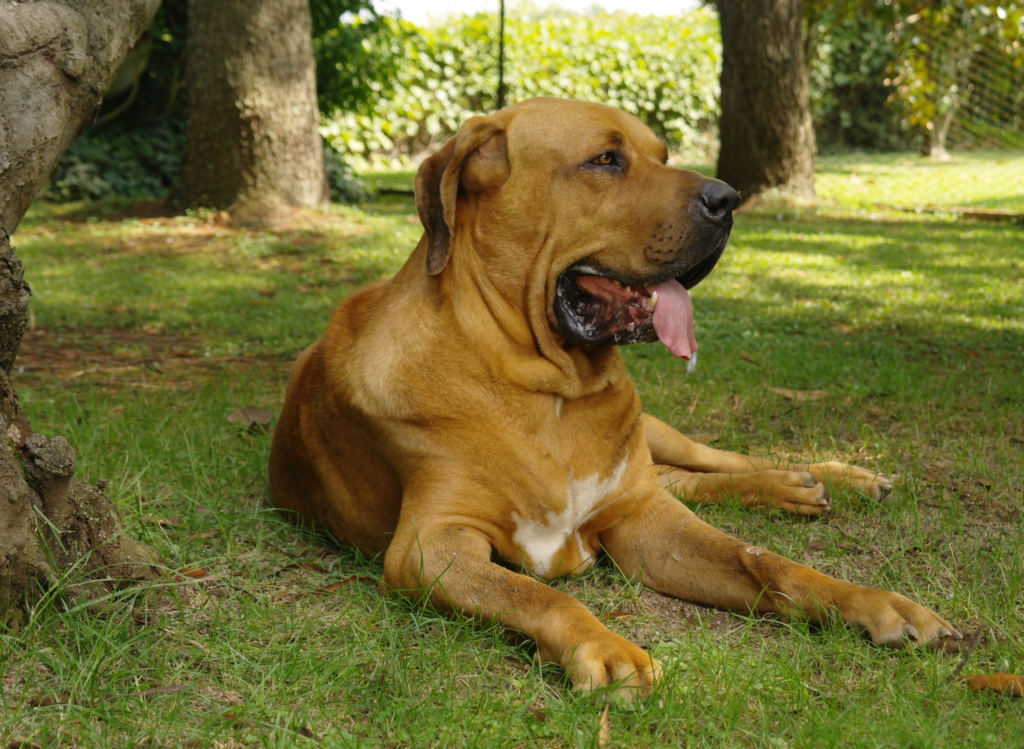
Wikimedia Commons
The Fila Brasileiro, or Brazilian Mastiff, is known for its unwavering loyalty—and equally unwavering distrust of strangers. These traits make them excellent guard dogs but also potential dangers in urban settings. Their size and strength, combined with their instinct to protect, have led to restrictions and outright bans in several countries. The Fila Brasileiro’s tale highlights the importance of understanding a breed’s purpose and ensuring it matches the owner’s lifestyle and environment.
5. Perro de Presa Canario
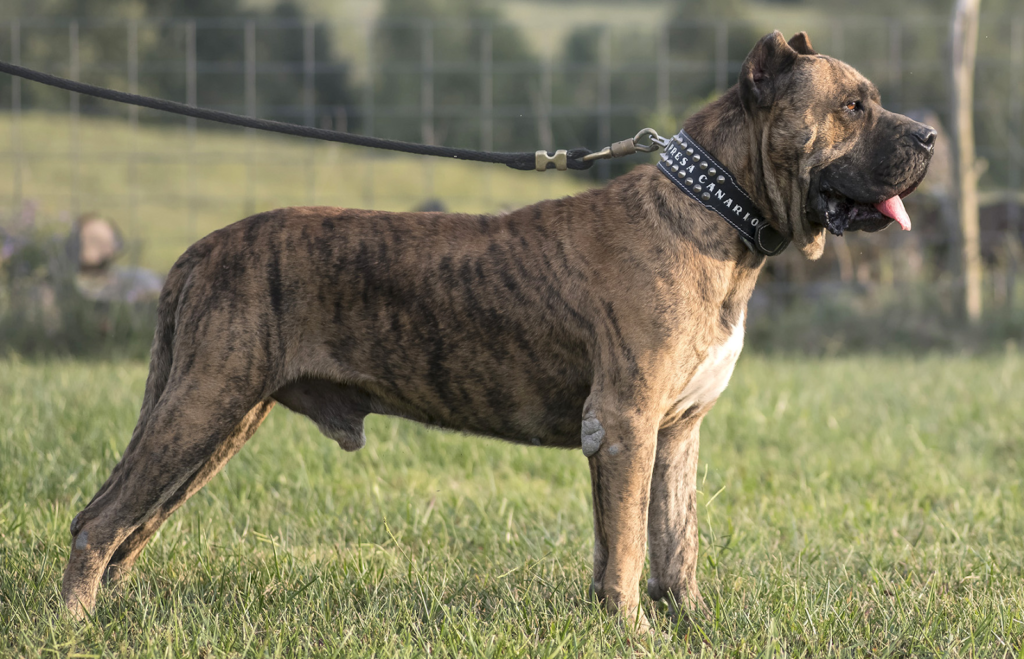
Wikimedia Commons
Hailing from the Canary Islands, this breed’s name translates to “Canarian Catch Dog,” a nod to their role as livestock guardians. While Presa Canarios can be calm and devoted pets, their natural dominance and strength require firm leadership. Tragedies involving poorly trained Presa Canarios have resulted in bans and restrictions worldwide. These dogs thrive with experienced owners who respect their heritage and provide proper training, proving that their temperament can be shaped positively with the right approach.
6. American Bulldog
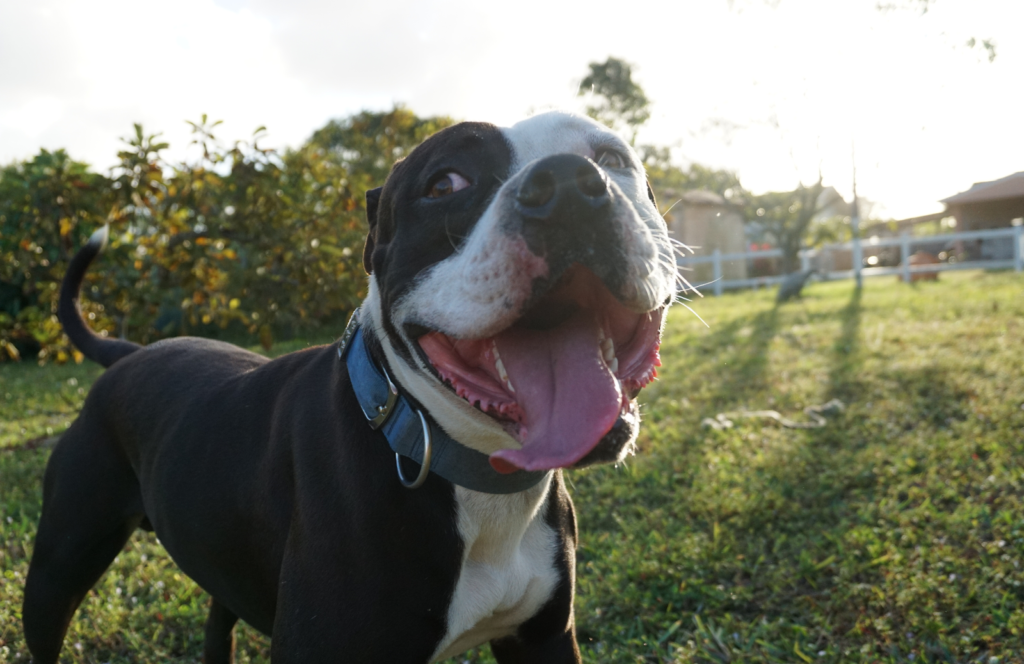
Wikimedia Commons
Though not as universally banned as some other breeds, the American Bulldog has faced restrictions in areas where their strength and protective instincts have been misunderstood. Often unfairly grouped with more aggressive breeds due to their muscular build, these dogs are actually known for their loyalty and affectionate nature when raised in loving, responsible homes. Their inclusion on banned lists highlights the dangers of stereotyping breeds based solely on their appearance rather than their actual behavior and temperament. The American Bulldog’s story serves as a reminder that understanding a breed’s true nature is essential to making informed, fair decisions about dog ownership.
7. Boerboel

Wikimedia Commons
The Boerboel, also known as the South African Mastiff, is a massive and confident breed originally developed to guard farms against large predators. While they are fiercely loyal and protective of their families, their immense strength and strong territorial instincts can be overwhelming, especially for inexperienced owners. Due to safety concerns, many countries have restricted or regulated their ownership. For those who can manage their assertive nature, Boerboels are often gentle giants. Their story serves as a powerful reminder that proper training and socialization are essential for any dog, particularly one with such power and protective instincts.
8. Kangal

Wikipedia
Known as one of the strongest dog breeds in the world, the Kangal was originally bred in Turkey to protect livestock from dangerous predators like wolves and bears. With its impressive strength and guarding abilities, the Kangal is not naturally aggressive toward humans, but it is fiercely protective of its territory and family. While not universally banned, some regions impose restrictions on Kangals due to their immense power and strong protective instincts. The breed’s history highlights the importance of understanding a dog’s working heritage and ensuring it is placed in an environment where its needs and abilities can be properly managed.
9. Wolfdog Hybrids

GetArchive
Part domestic dog, part wild wolf, wolfdog hybrids often face bans due to their unpredictable and sometimes dangerous behavior. While they can be striking in appearance, their wild ancestry brings traits that are not always compatible with domestic life. These hybrids may exhibit strong prey drives, territorial aggression, and other behaviors rooted in their wolf heritage, which can be difficult to manage. Despite the restrictions, wolfdog enthusiasts are drawn to their connection to nature and their unique look. Their existence raises important ethical considerations about breeding animals with such divergent instincts and the immense responsibility required to properly care for them.
10. Pit Bull Terrier

Wikimedia Commons
Few breeds spark as much debate as the Pit Bull Terrier. Known for their strength and determination, Pit Bulls have been banned in many countries due to their association with dog fighting and attacks. Yet, ask any Pit Bull owner, and they’ll tell you stories of cuddly couch potatoes who just want belly rubs. The real issue lies in irresponsible ownership and breeding practices. It’s a breed that requires consistent training, socialization, and care—things not every owner is equipped to provide. The bans aim to curb risks, but they often overshadow the breed’s potential for love and loyalty when raised responsibly.
11. Neapolitan Mastiff
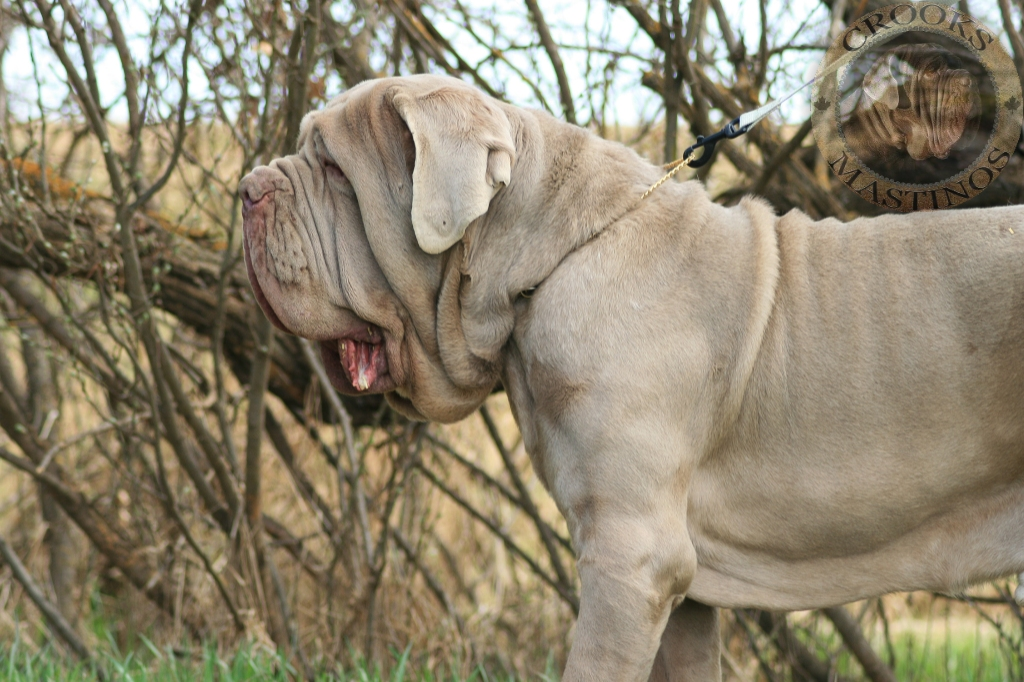
Wikimedia Commons
Famous for their distinctive wrinkled faces and massive size, Neapolitan Mastiffs were originally bred to be fierce guard dogs. Despite their imposing appearance, they are generally known for being affectionate, calm, and loyal to their families. However, their sheer size, strength, and potential for harm if not properly handled have made them a breed subject to restrictions in some areas. Neapolitan Mastiffs are a prime example of how appearance and temperament don’t always align. Their story serves as an important reminder that even the gentlest giants require proper training and socialization to ensure their strength doesn’t become a liability.
12. Chow Chow

Wikimedia Commons
Surprised to see this fluffy breed on the list? While Chow Chows may resemble oversized teddy bears with their thick, plush coats, their personality is far from cuddly. Known for their stubbornness and sometimes aloof nature, Chow Chows can be very independent and often prefer to keep their distance from strangers. Their territorial instincts and strong-willed temperament can lead to challenges, especially in a home with other pets or small children. In fact, these traits have led to restrictions or bans in certain areas. The Chow Chow is a prime example of how a dog’s appearance can be deceiving, highlighting the importance of considering temperament over looks when choosing a breed.


